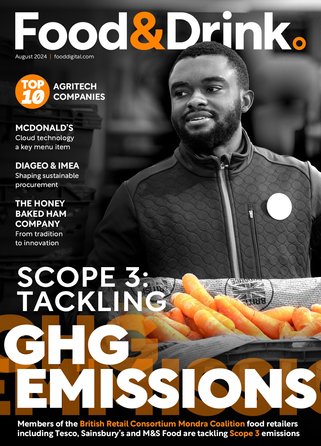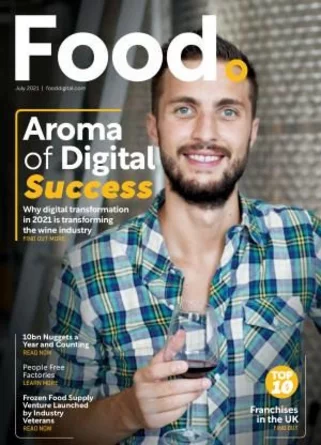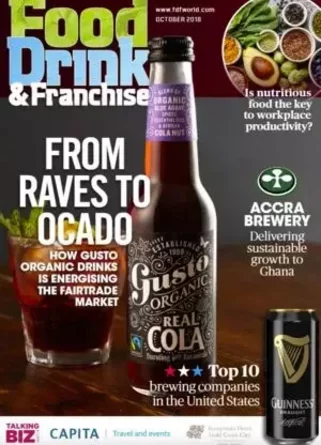Boost for Australian grape and wine sector with AUD$9mn technology partnership

Wine Australia and the National Wine and Grape Industry Centre (NWGIC) have inked an AUD$9mn (US$6.6nm) co-investment research, development, and extension (RD&E) partnership.
By working on projects such as a smartphone app for on-the-spot nutrition assessments in vineyards or technology to predict optimal harvest dates, the partnership aims to “develop new technologies and provide practical information to growers and winemakers to increase profitability and competitiveness, as well as improve environmental sustainability.”
Wine Australia is an Australian Government authority that supports and regulates the Australian wine sector. It will contribute AUD$2.5mn (US$1.85mn) to the agreement.
Meanwhile, the NWGIC is a strategic alliance between Charles Sturt University (CSU), the NSW Department of Primary Industries (DPI) and the NSW Wine Industry Association.
Located in Bathurst, the Australian university says it will contribute AUD$4.1mn (US$3.03mn) to the partnership whilst NSW DPI will give AUD$2.4mn ($US1.78mn) over the next five years.
SEE ALSO:
- Califia Farms secures $50mn investment to expand plant-based drinks
- Carlyle Group nears €390m deal for Spanish sparkling wine maker Codorníu Raventós Group
- Constellation Brands reports first quarter net sales of $2.05bn
“We are delighted to partner with the National Wine and Grape Industry Centre to deliver some outstanding practical tools and outcomes for our sector over the next five years,” said Andreas Clark, Wine Australia chief executive officer.
“This agreement with the National Wine and Grape Industry Centre reflects our united commitment to finding effective solutions to improving the competitiveness of Australia’s grape and wine community,” he continued. “We would like to thank all of those who participated in the development of these projects to help us ensure the timely delivery of relevant and valuable outcomes for our sector.”
Through the RD&E partnership, the groups will work on several projects. For instance, they plan to explore the potential for controlling berry acidity in vineyards through the addition of minerals like calcium and magnesium in fertiliser.
“This research is based on meeting the needs of industry and aims to deliver practical information and innovation to make Australia’s wine industry more profitable and sustainable to support thriving rural communities,” added NWGIC Director, Professor Leigh Schmidtke.
This agreement is the fourth in a series of bilateral partnerships between Wine Australia and major research institutions.
Australia is the world's fifth-biggest exporter of wine, behind France, Italy, Spain and Chile, according to Wine Australia.
2017 was a record year for the Australian wine sector with Australian wine exports rising by 15% to $2.56bn in the 12 months ending December 2017, according to Wine Australia’s Export Report.



